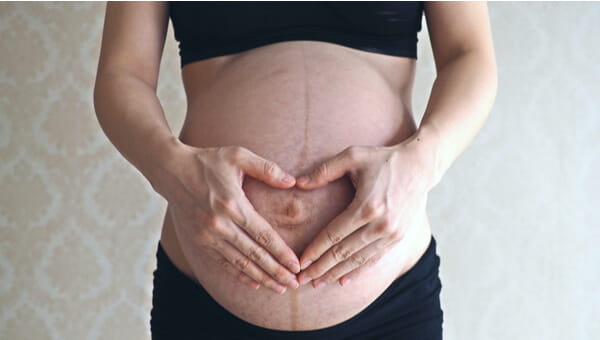Stretch marks are often the subject of conversation during pregnancy: Who gets them? How do you avoid them? Can you erase them? There are lots of myths out there, so let’s take a look at the truth about stretch marks.
How and why do stretch marks form?
You can think of stretch marks as scars (or badges of honor!) that form when the skin is stretched quickly, such as during pregnancy. The sudden stretching is sometimes too much for our skin’s support system to handle, causing the collagen and elastin to rupture. As the skin begins to heal, bands of red, purple or brown appear—called stretch marks. Stretch marks are most likely to form around the belly and on the breasts, thighs and buttocks.
How can I prevent stretch marks?
There are lots of creams and lotions out there that claim to prevent or lessen the appearance of stretch marks. We’re sorry to tell you this, but nothing you apply to your skin can prevent stretch marks, because they form in the middle layer of skin (which no moisturizer can reach). Whether or not you get stretch marks has a lot to do with genetics, which you can’t control. What you might be able to control is maintaining a healthy amount of weight gain during pregnancy, rather than gaining too much too quickly.
Can I erase stretch marks once they've formed?
If you do find yourself with stretch marks during or after pregnancy, keep in mind that they’ll fade with time, becoming silvery or white in color and sinking a bit below the rest of your skin. Commercial treatments are pretty expensive, and these haven’t been shown to do much (if anything) to reduce the appearance of stretch marks. If yours are very large, cover a large part of your body or cause you to feel uncomfortable or embarrassed in your own skin, you can talk to a dermatologist about procedures that might help make your stretch marks less noticeable.




